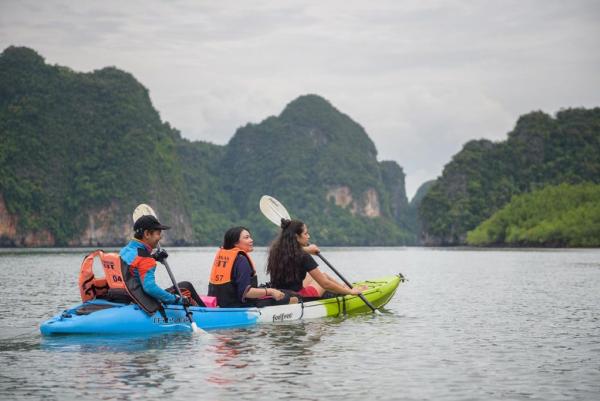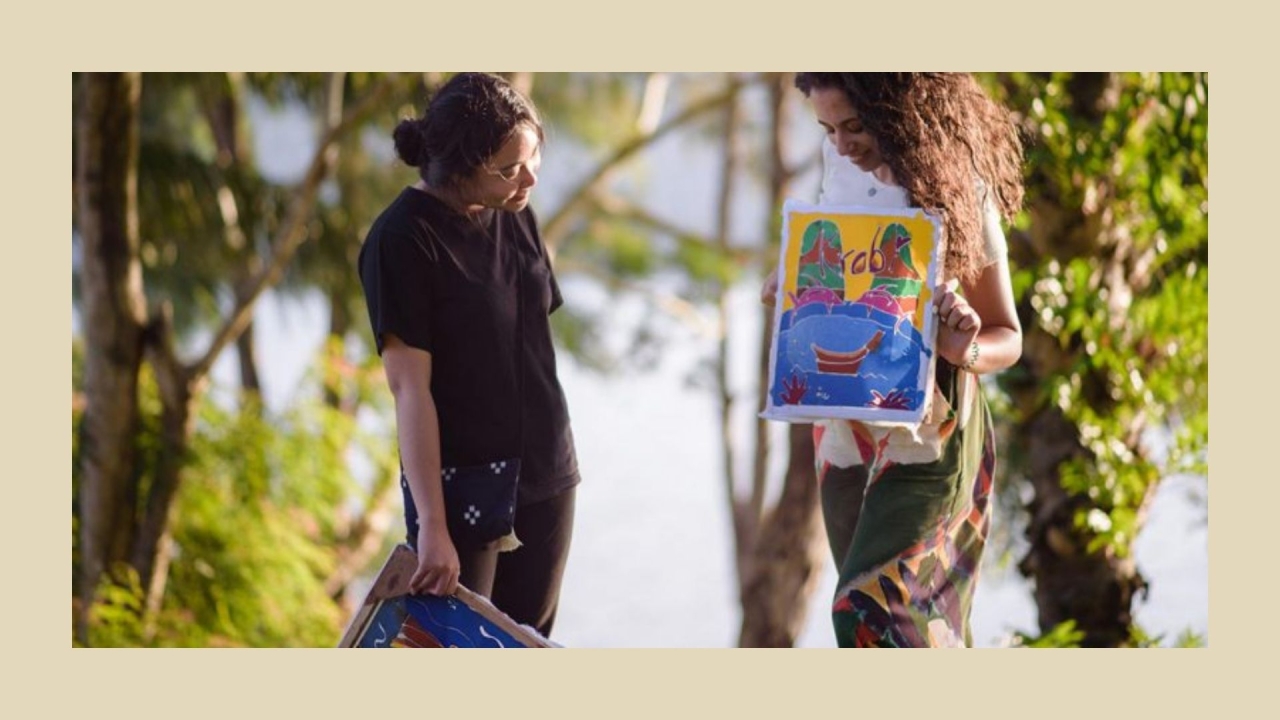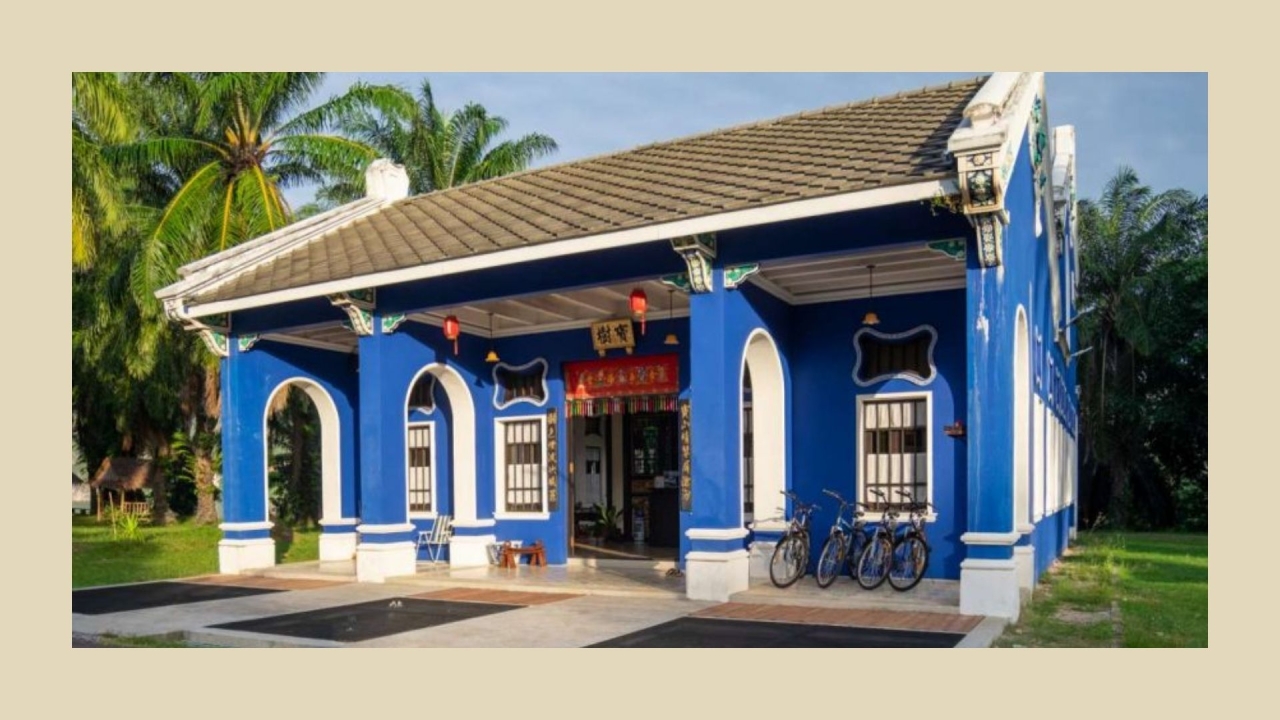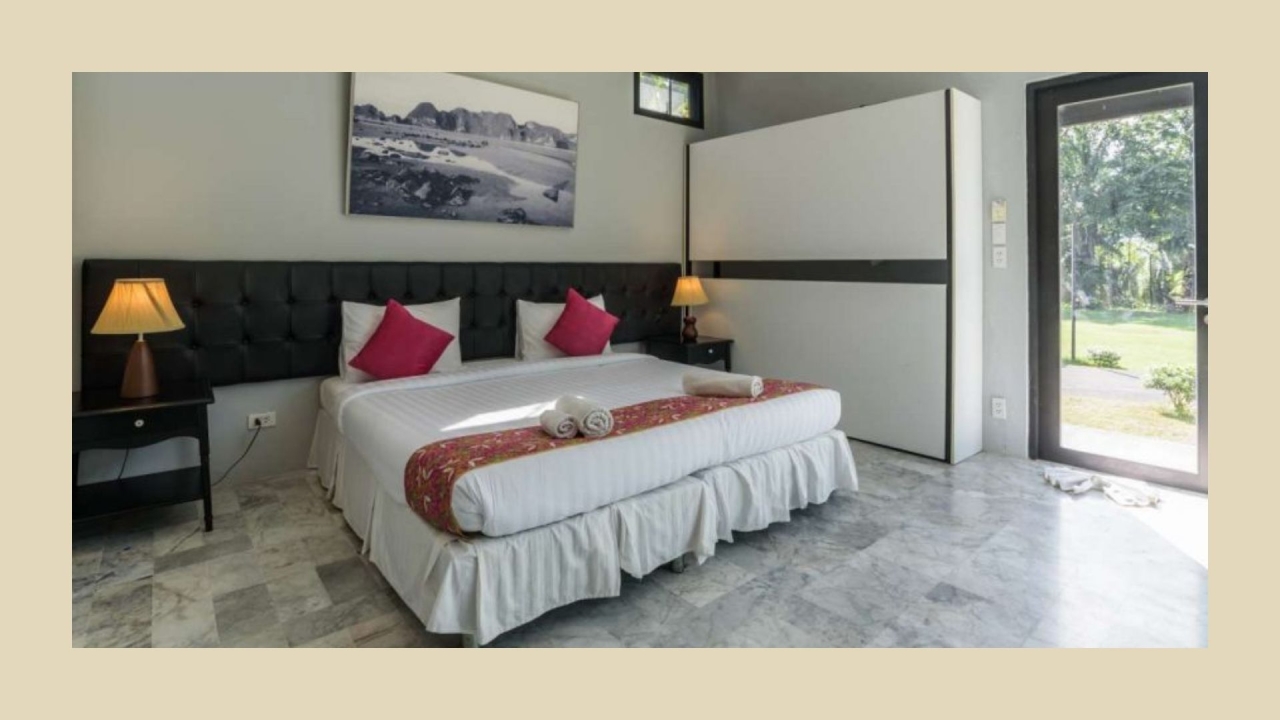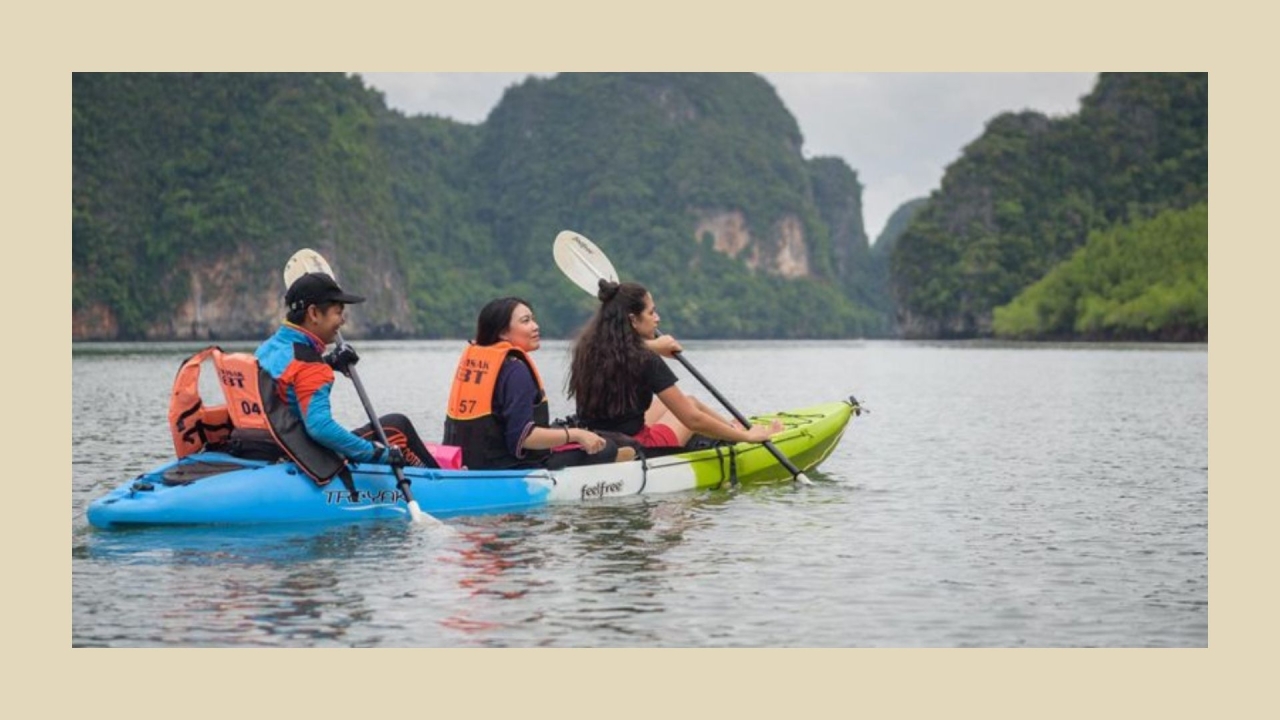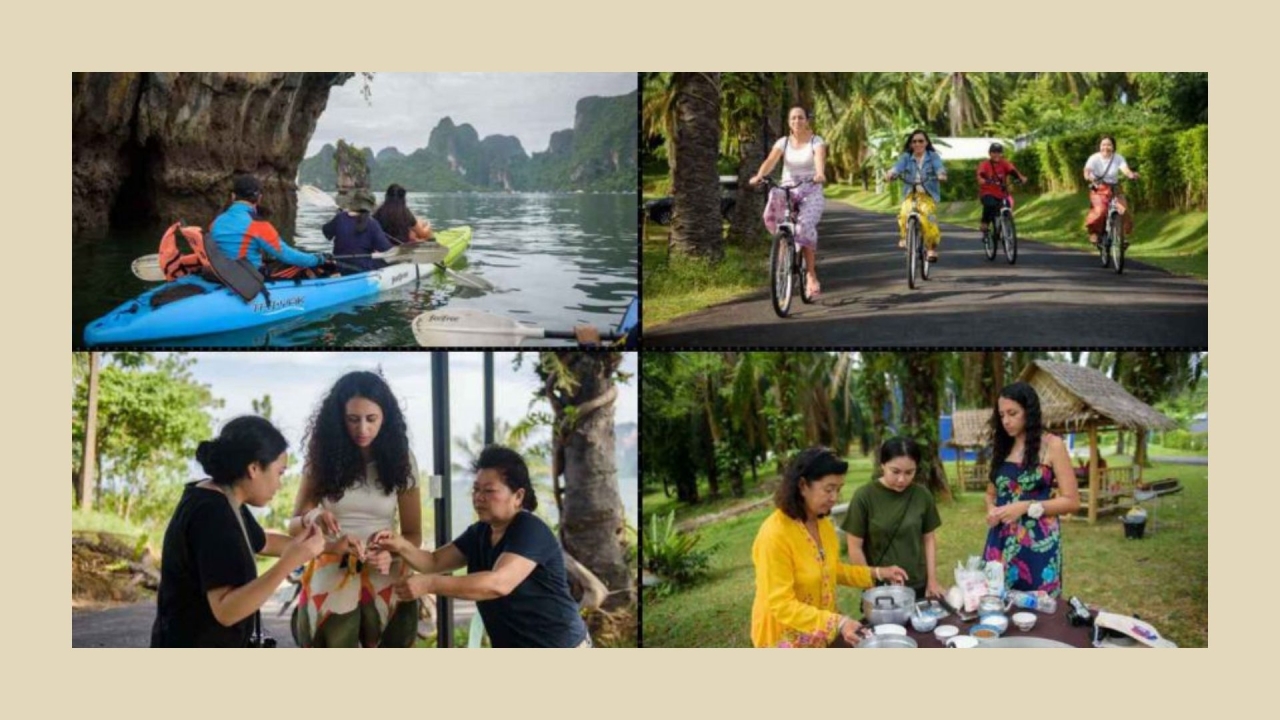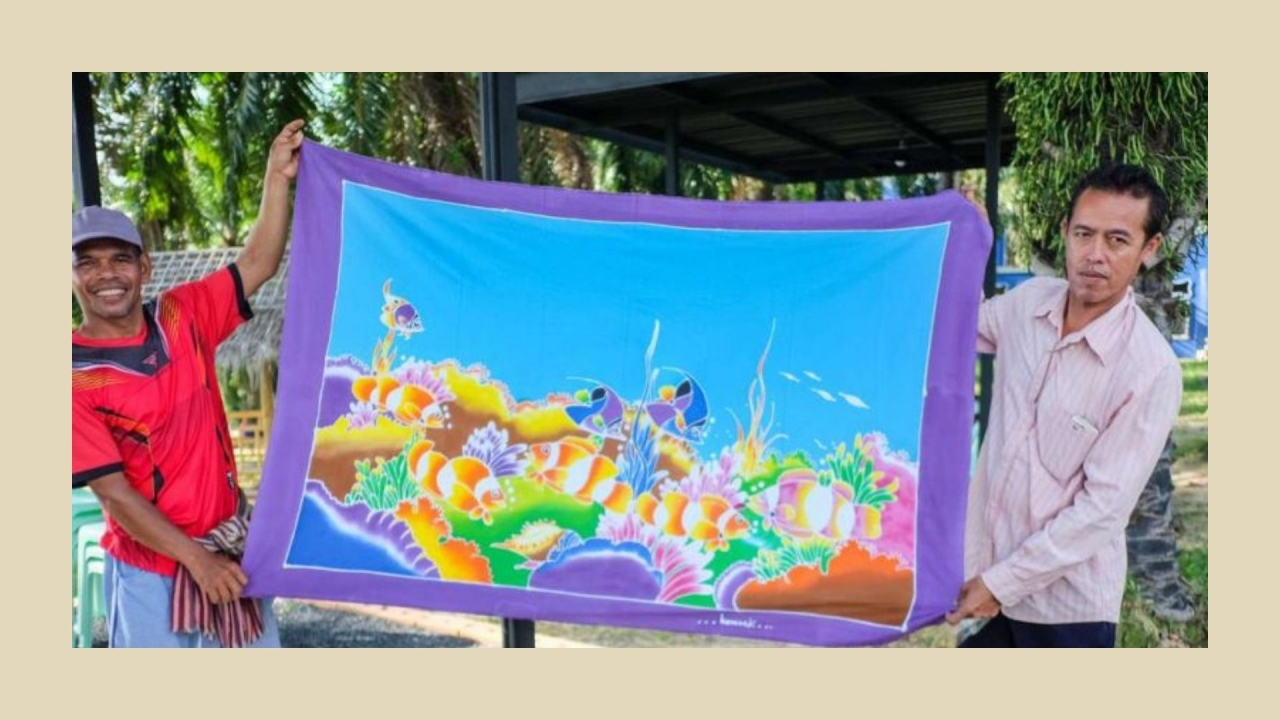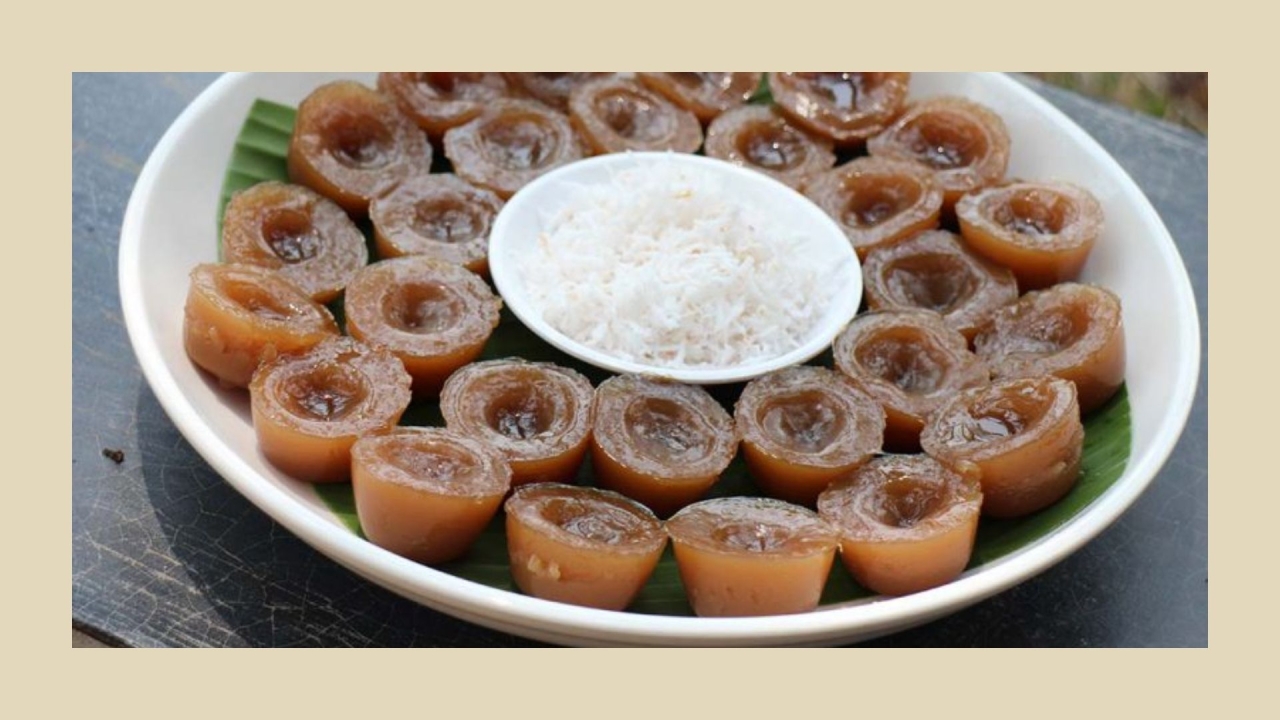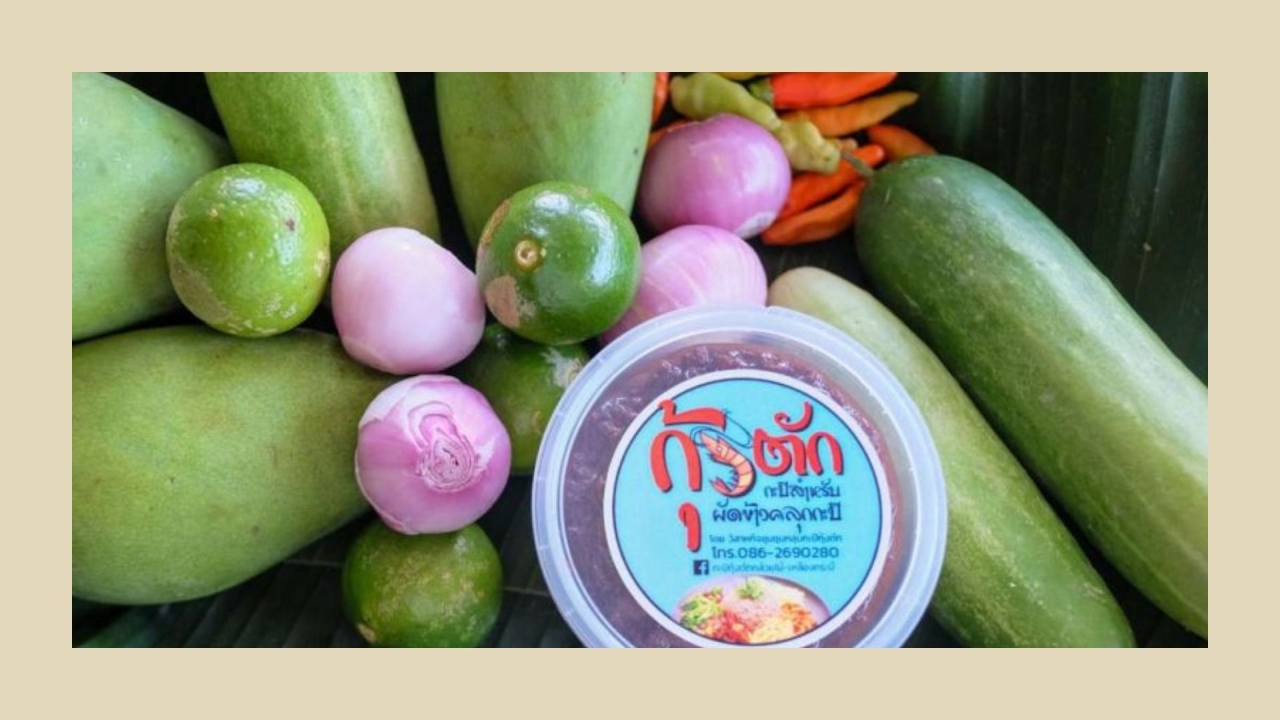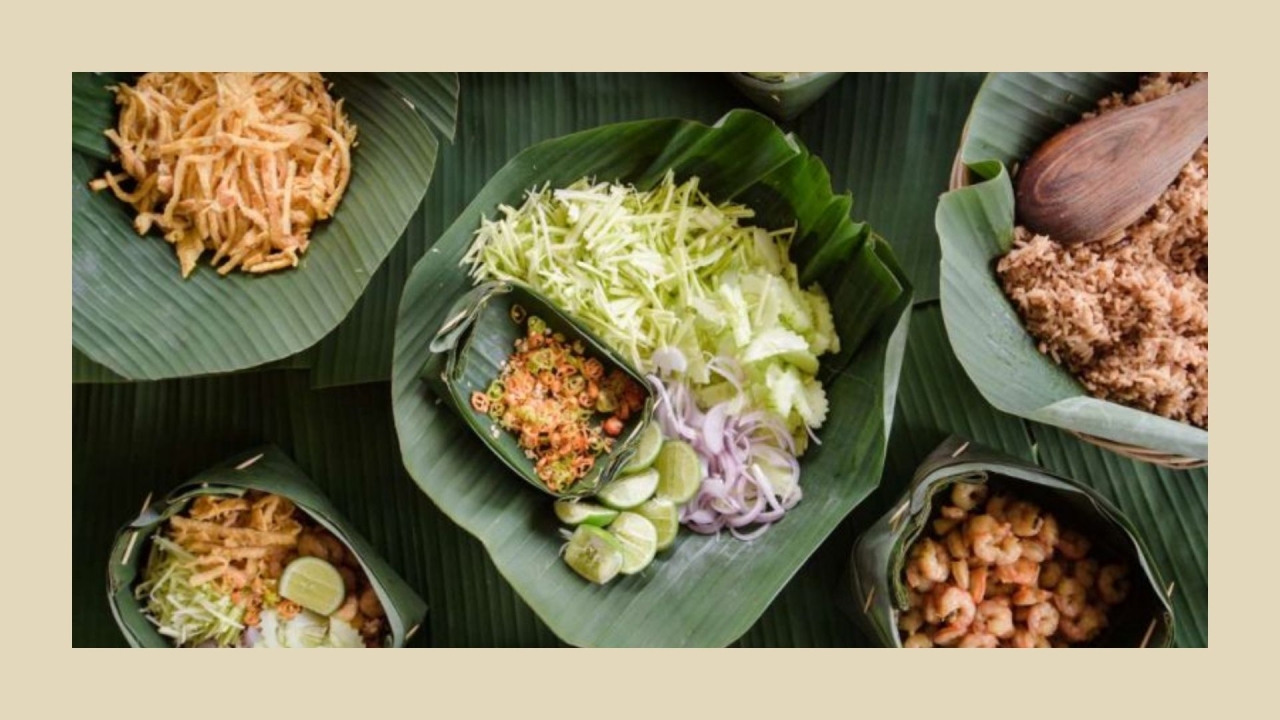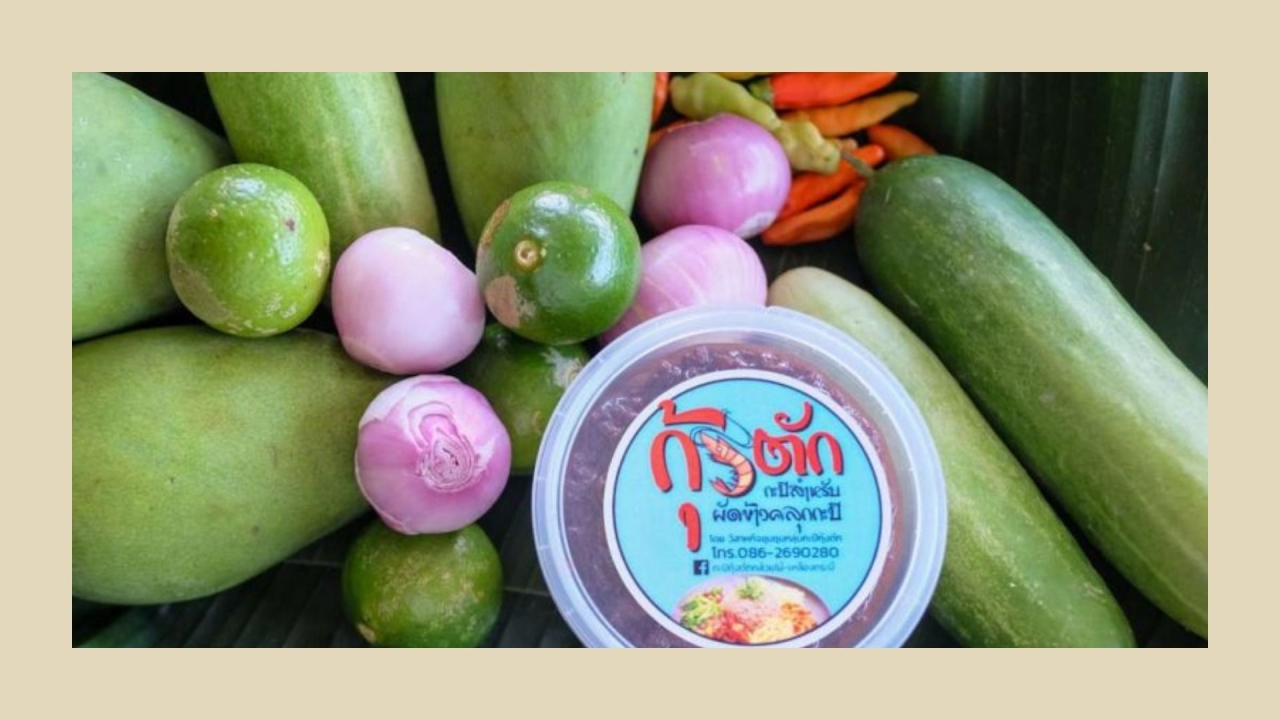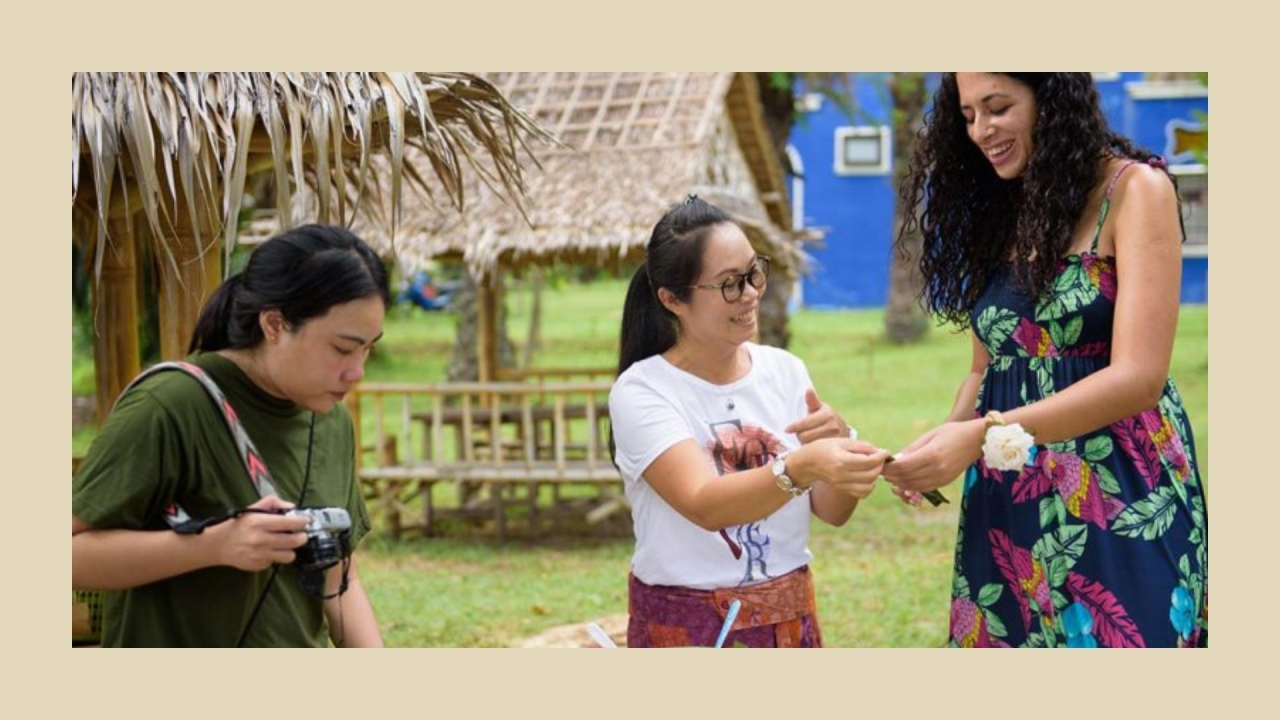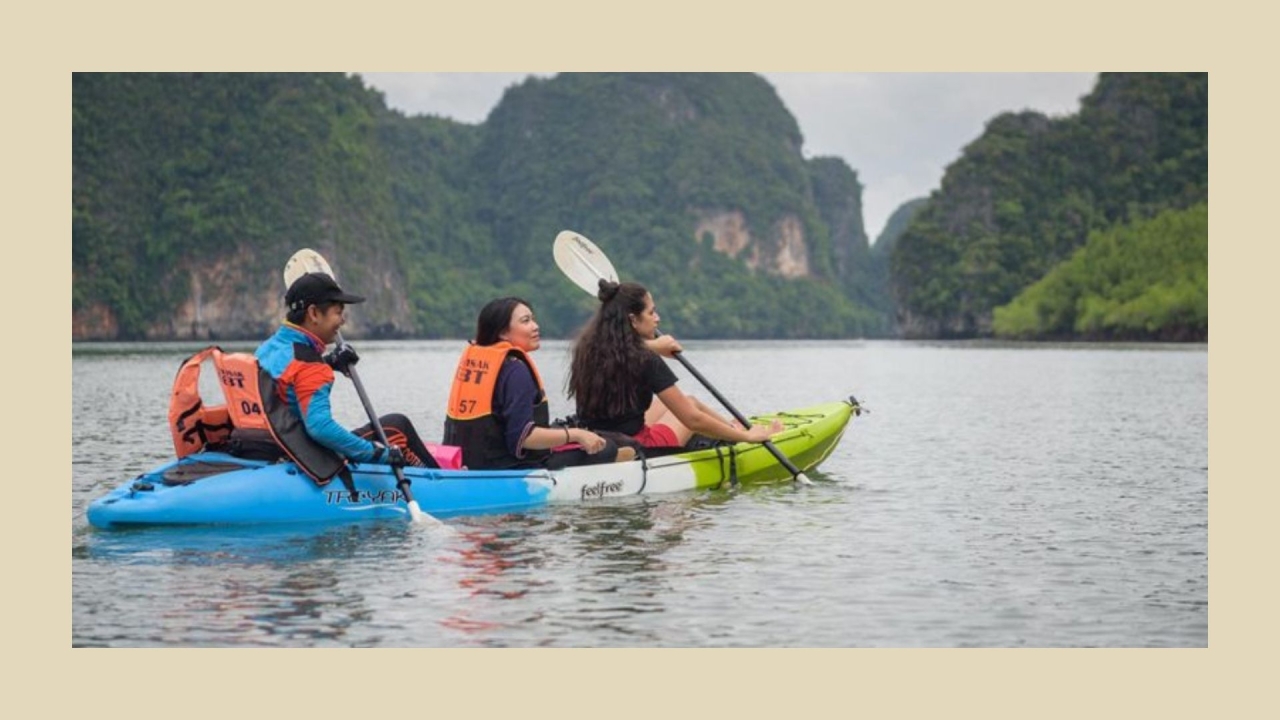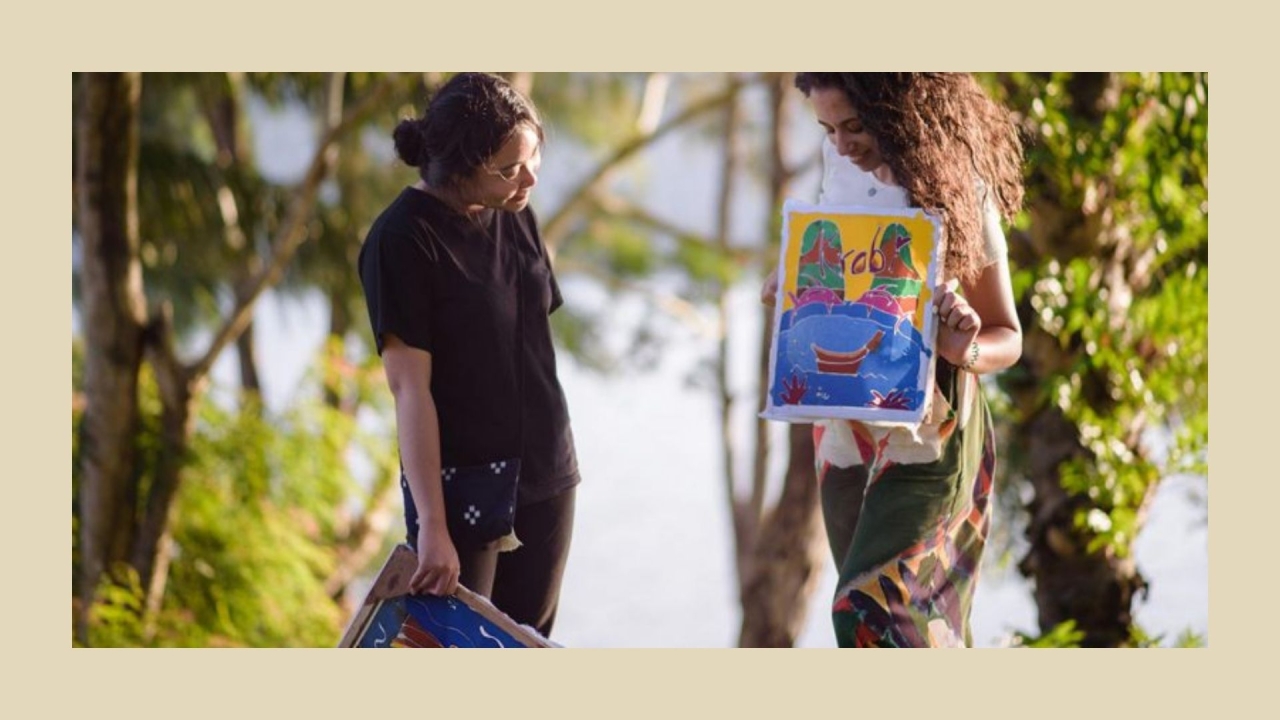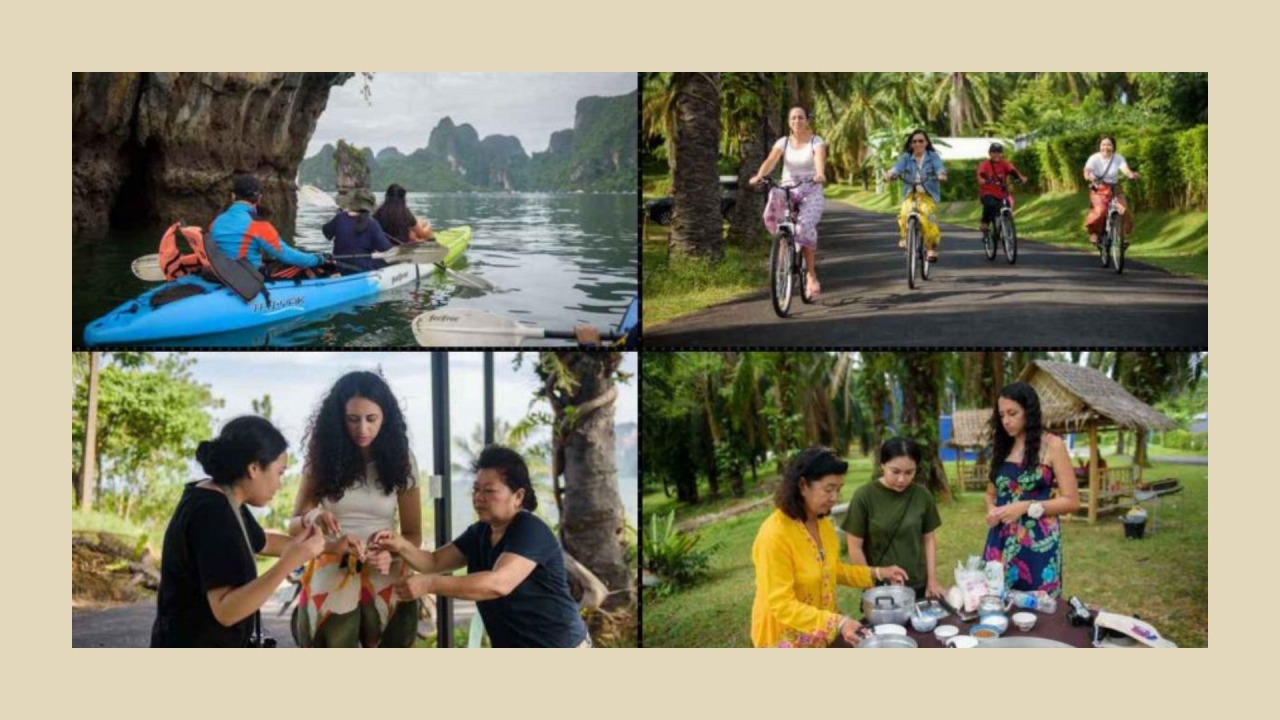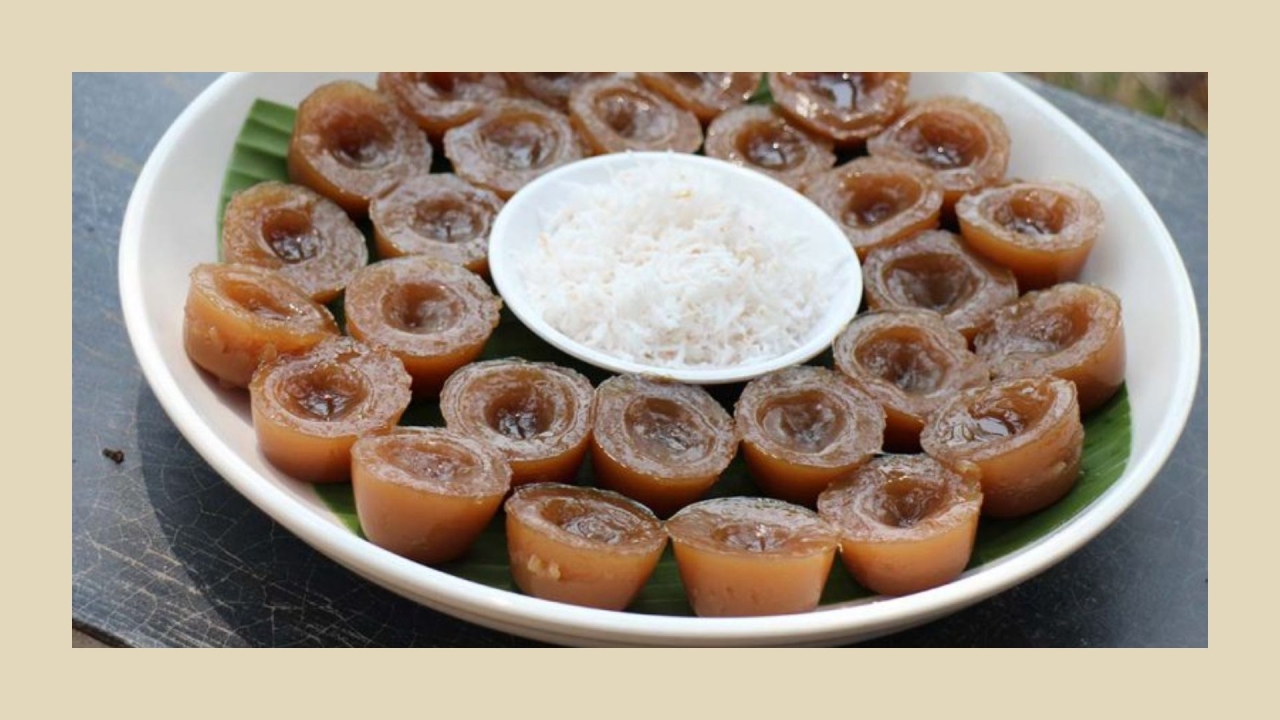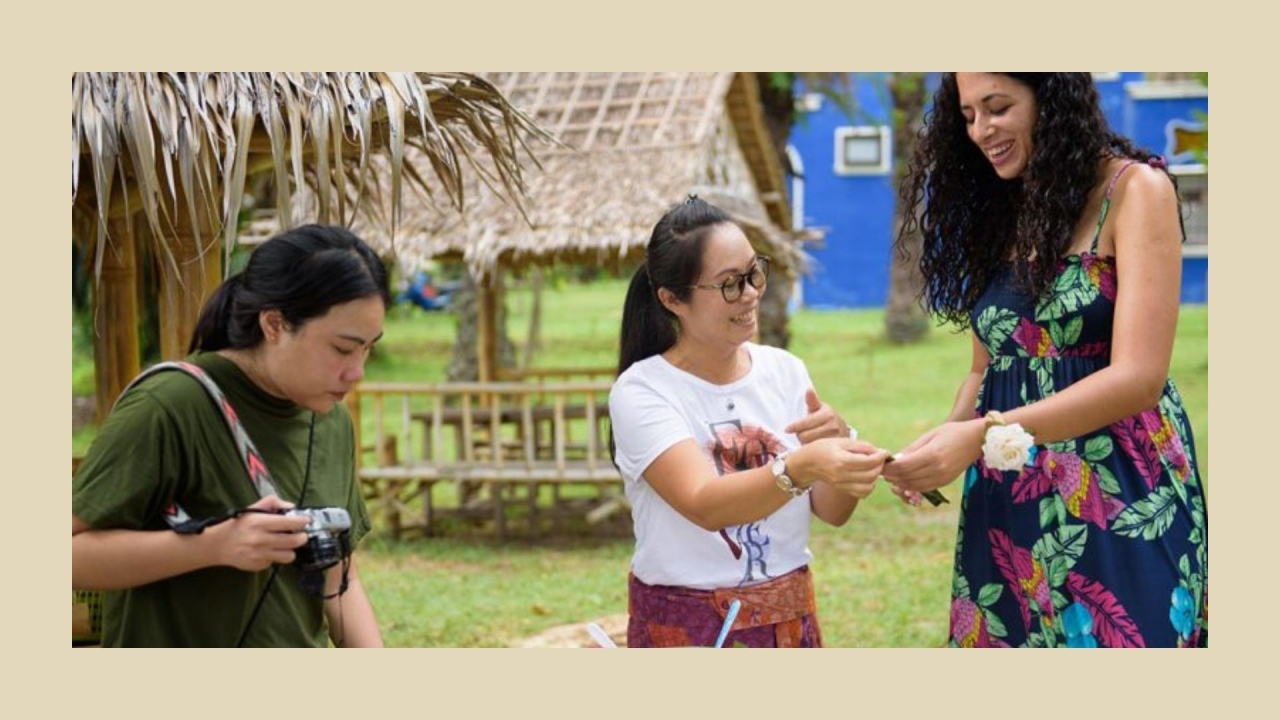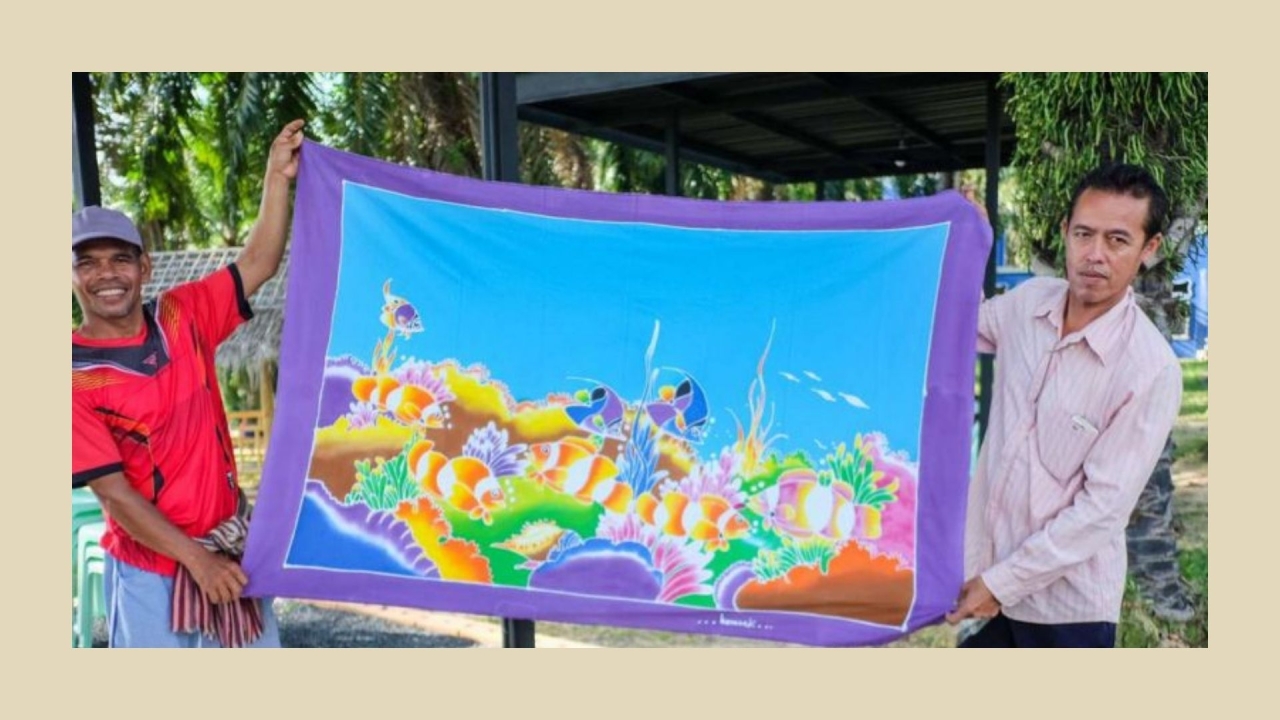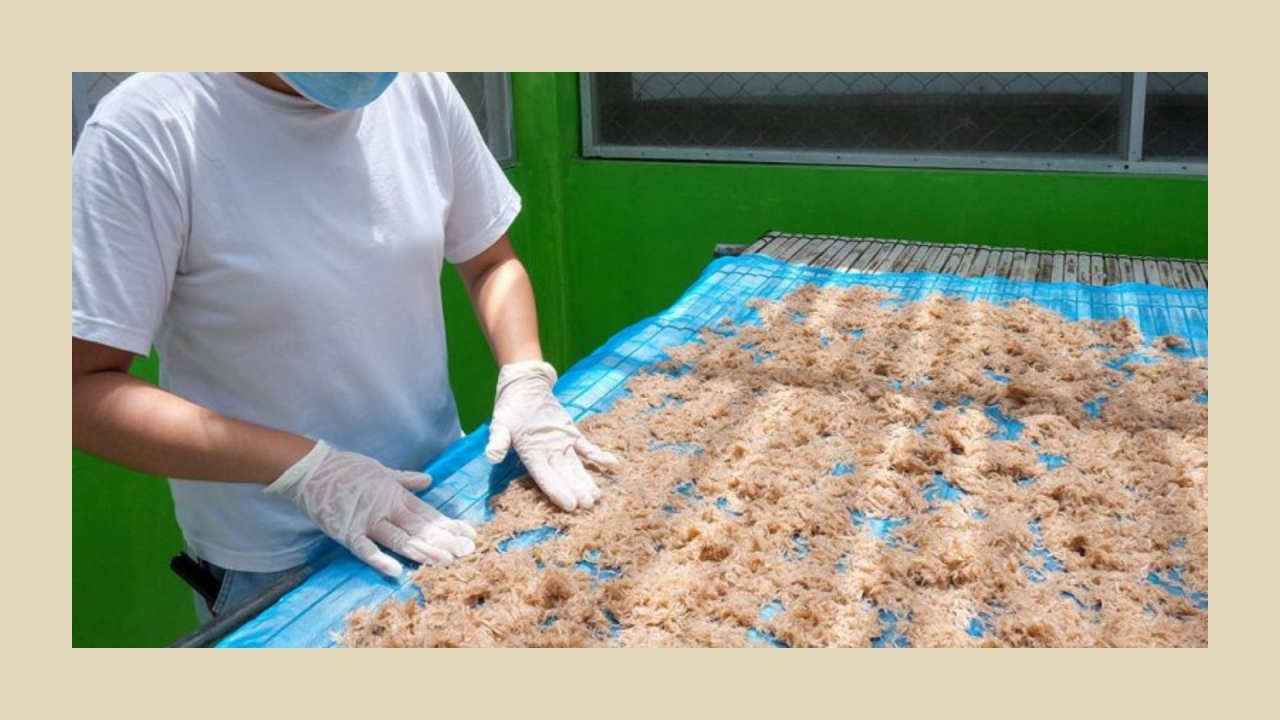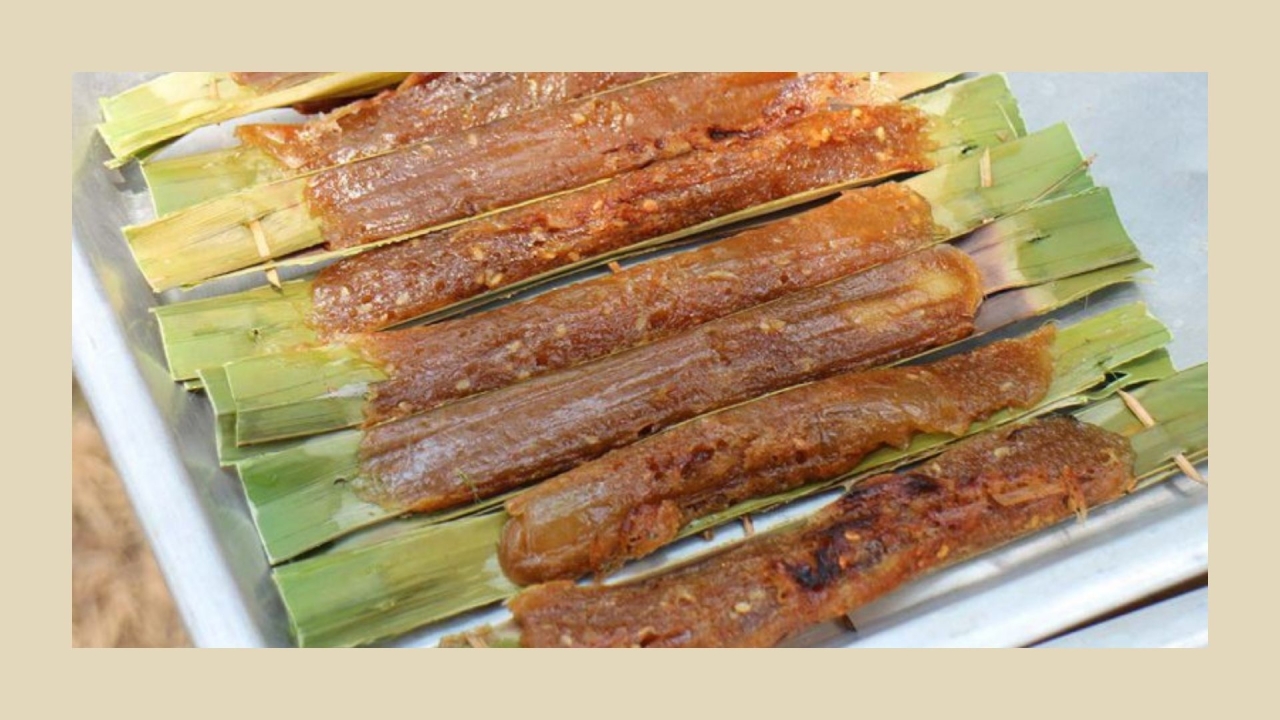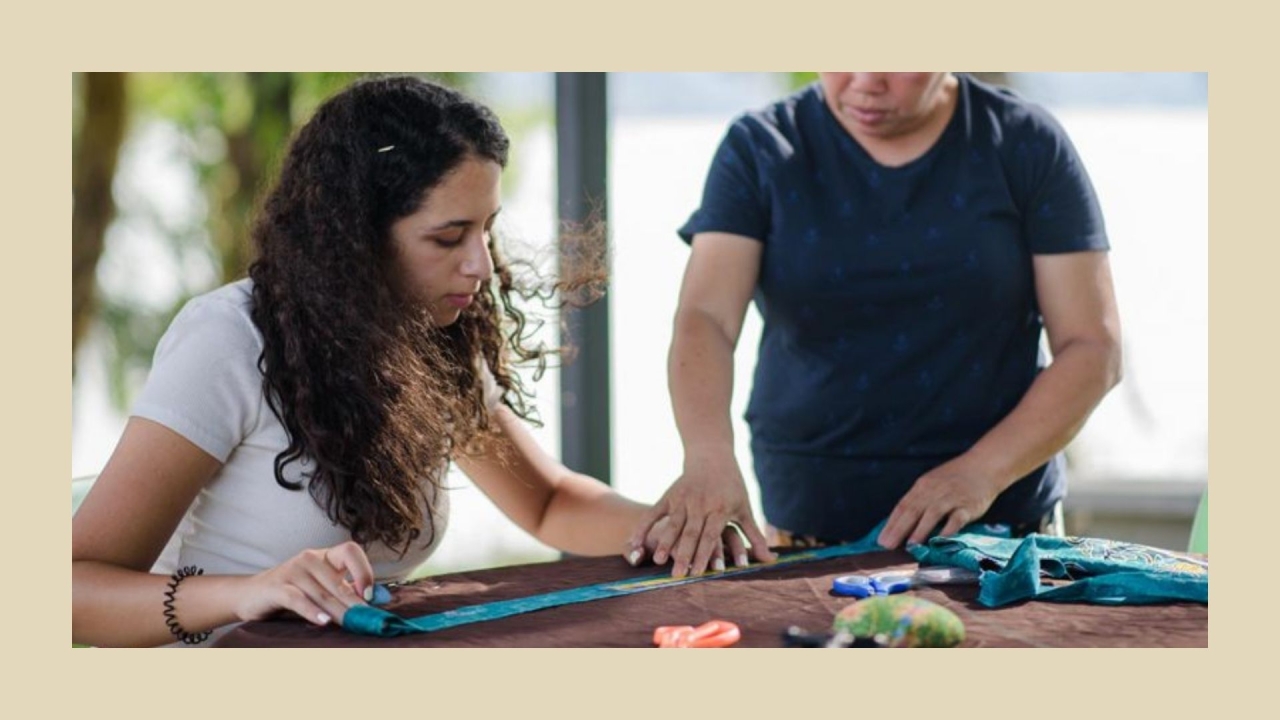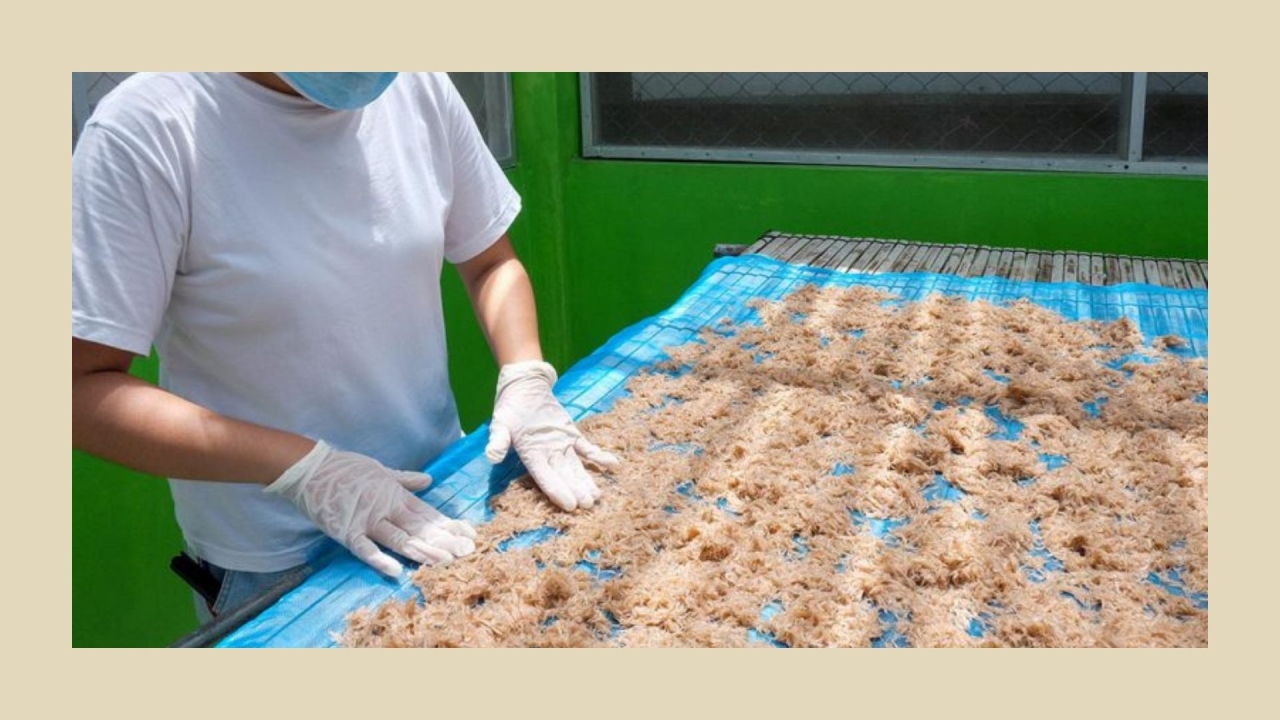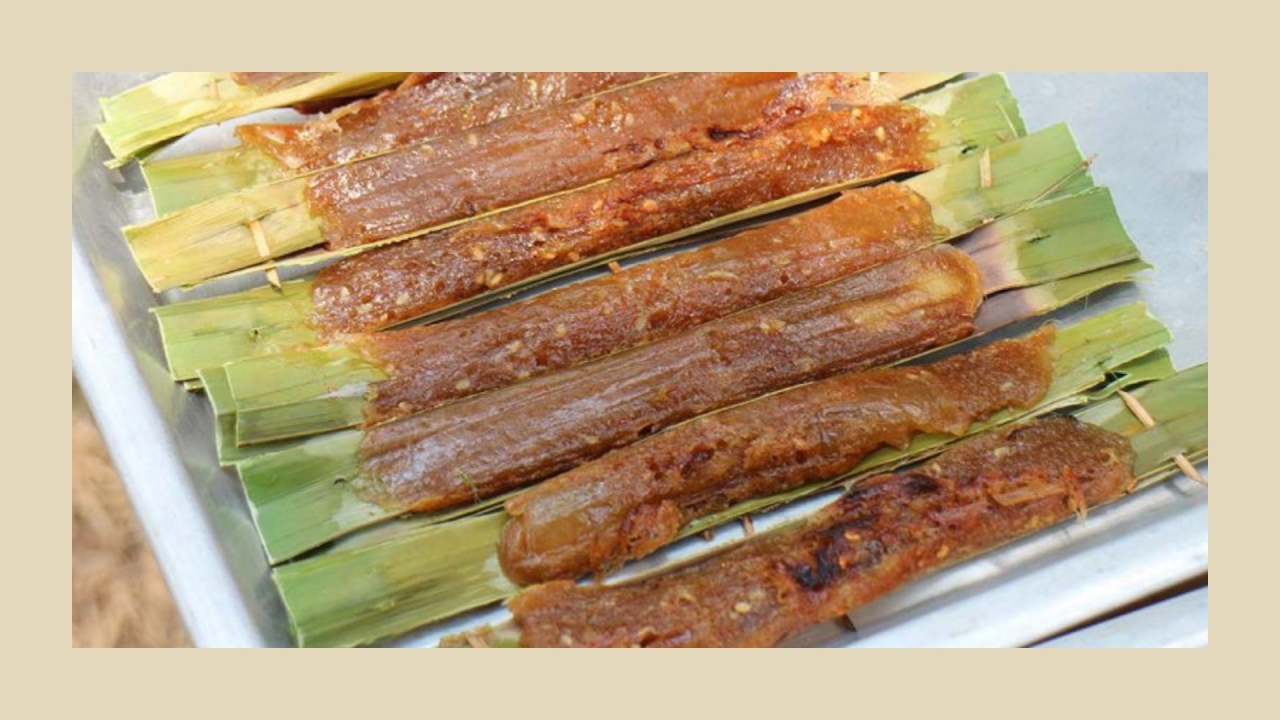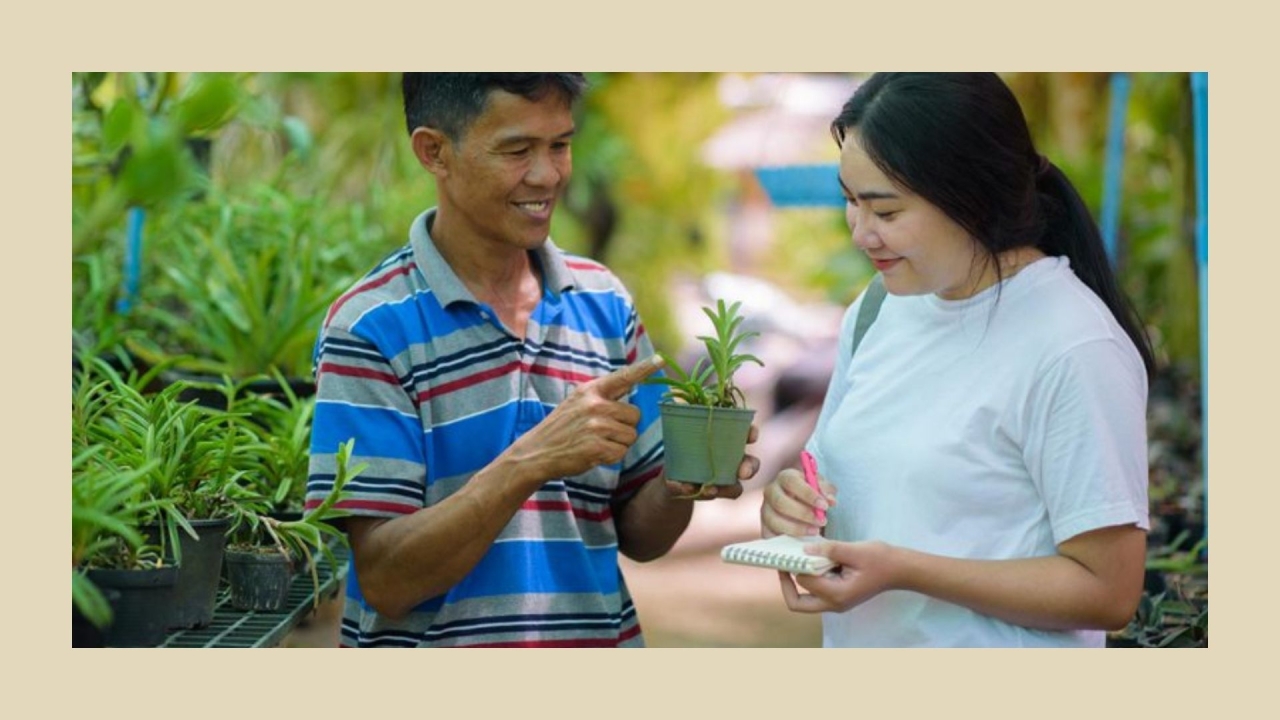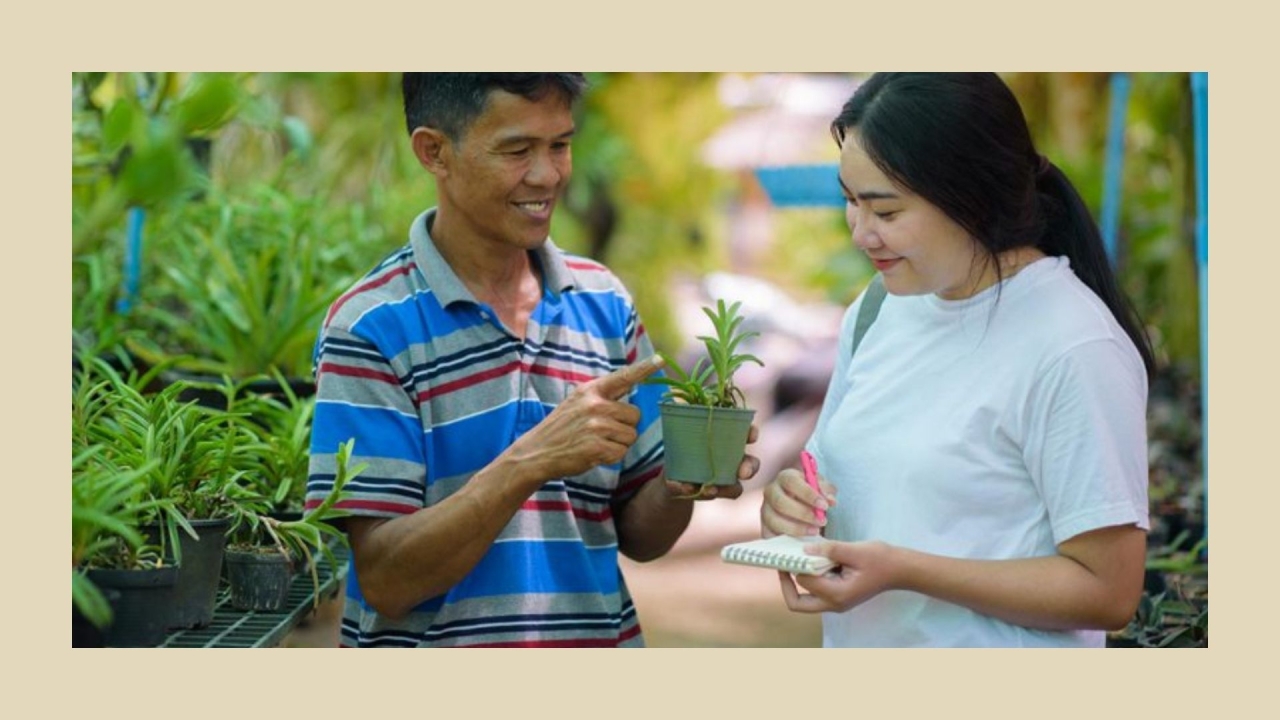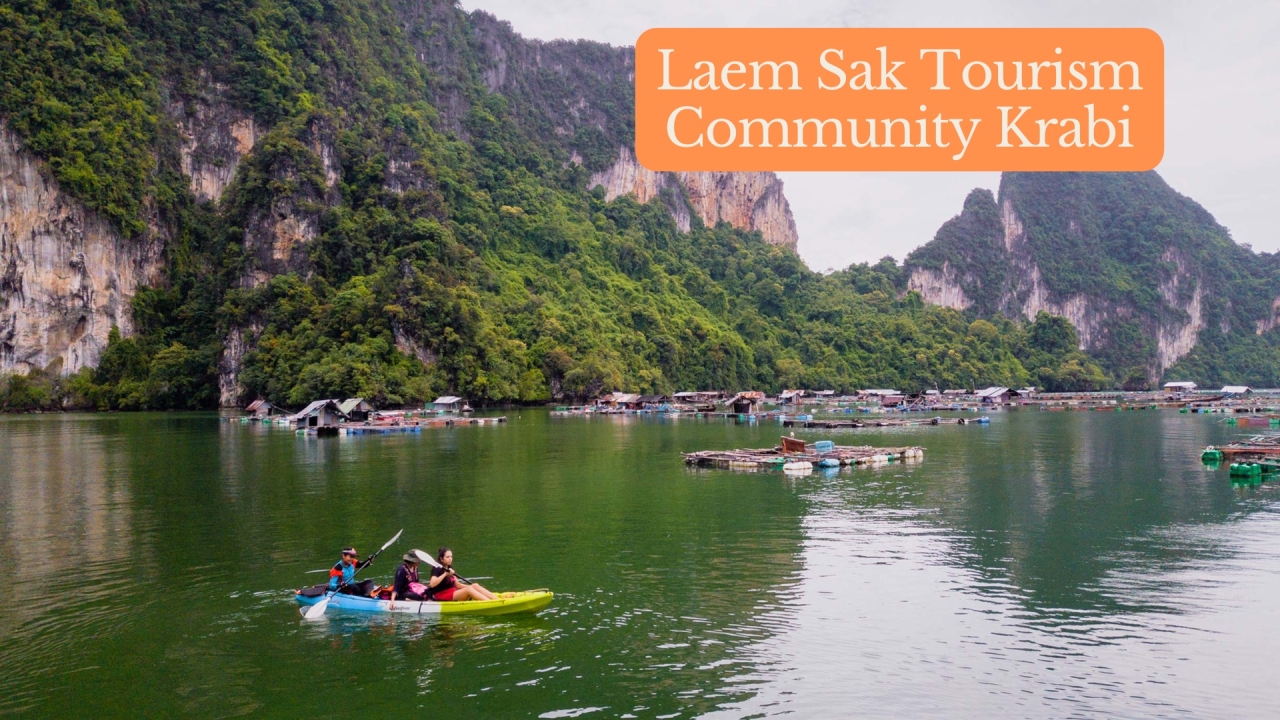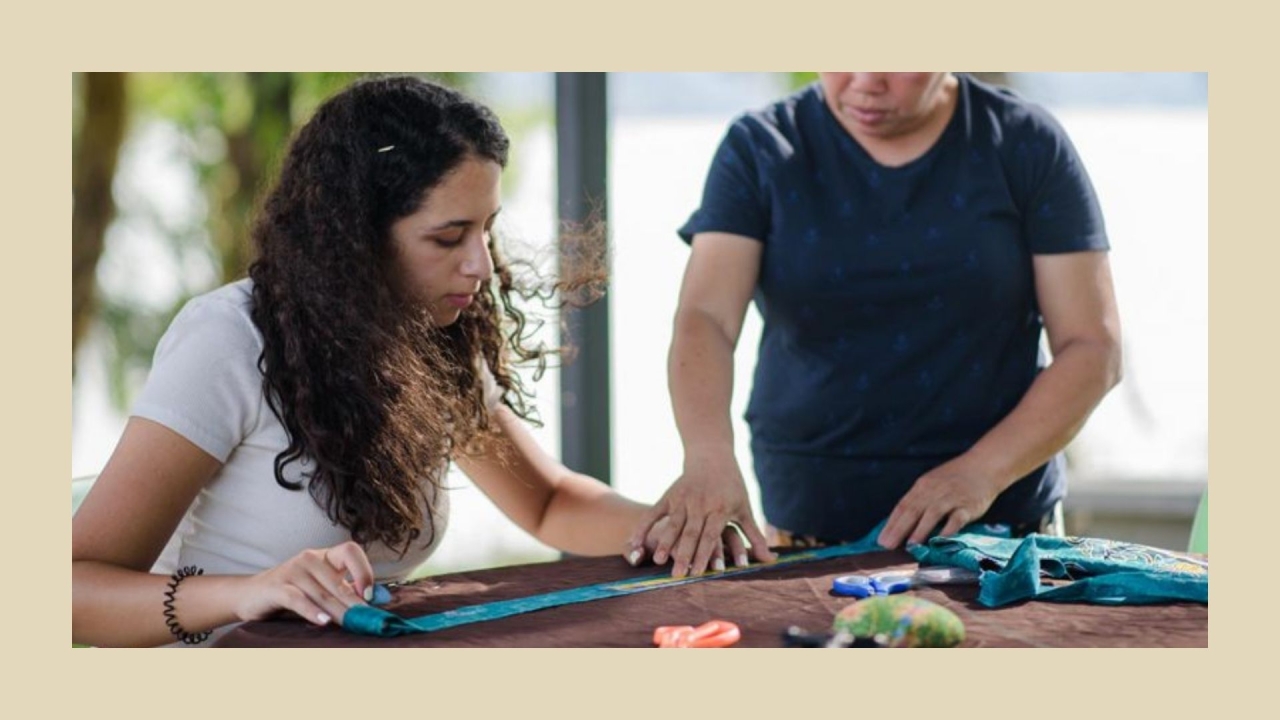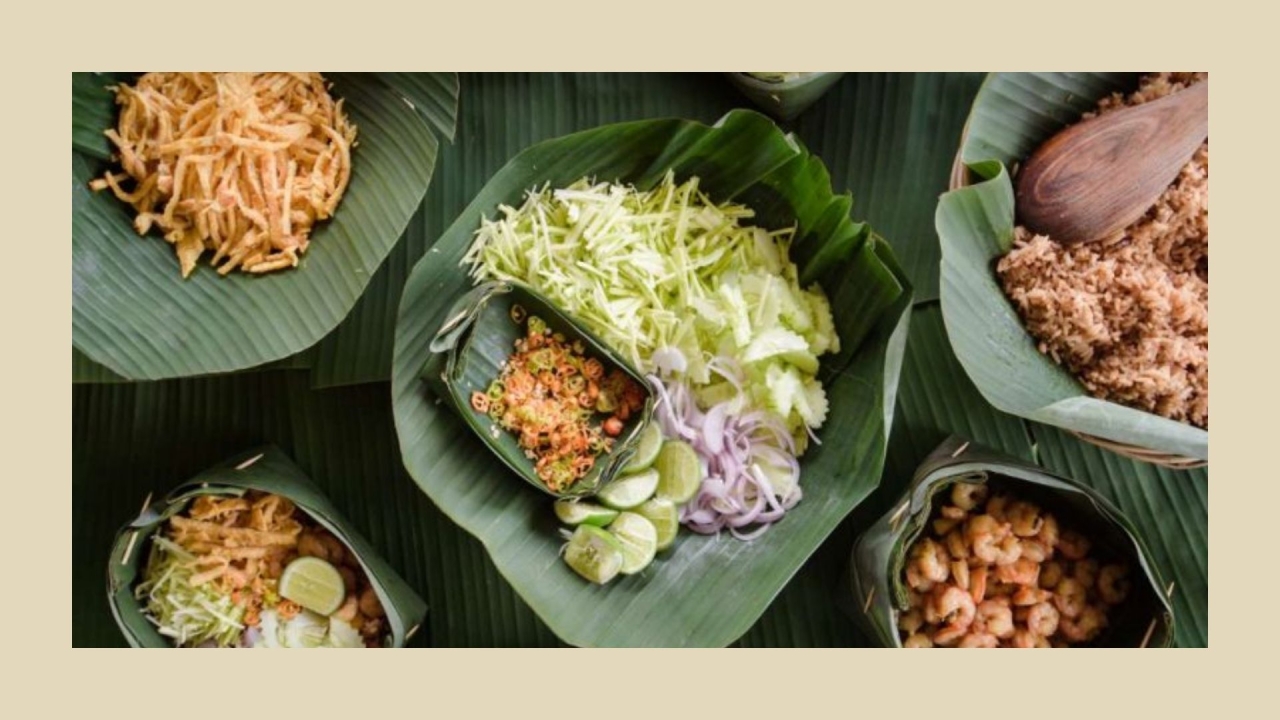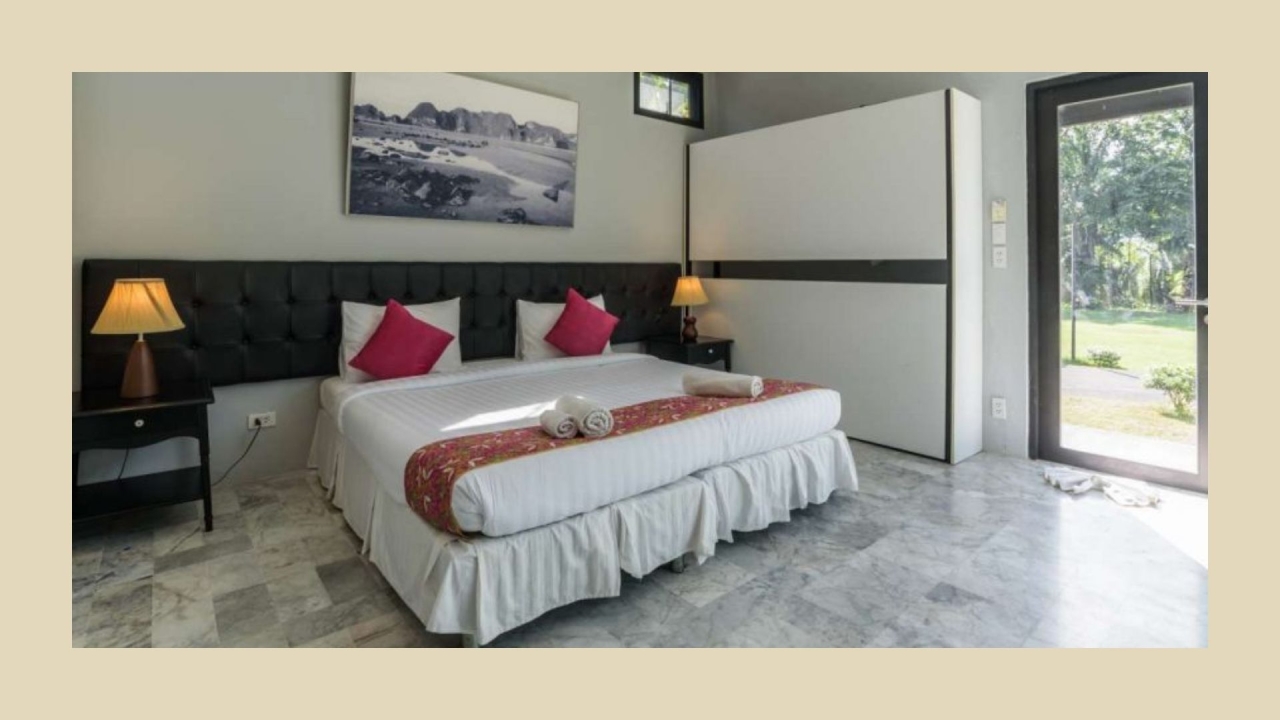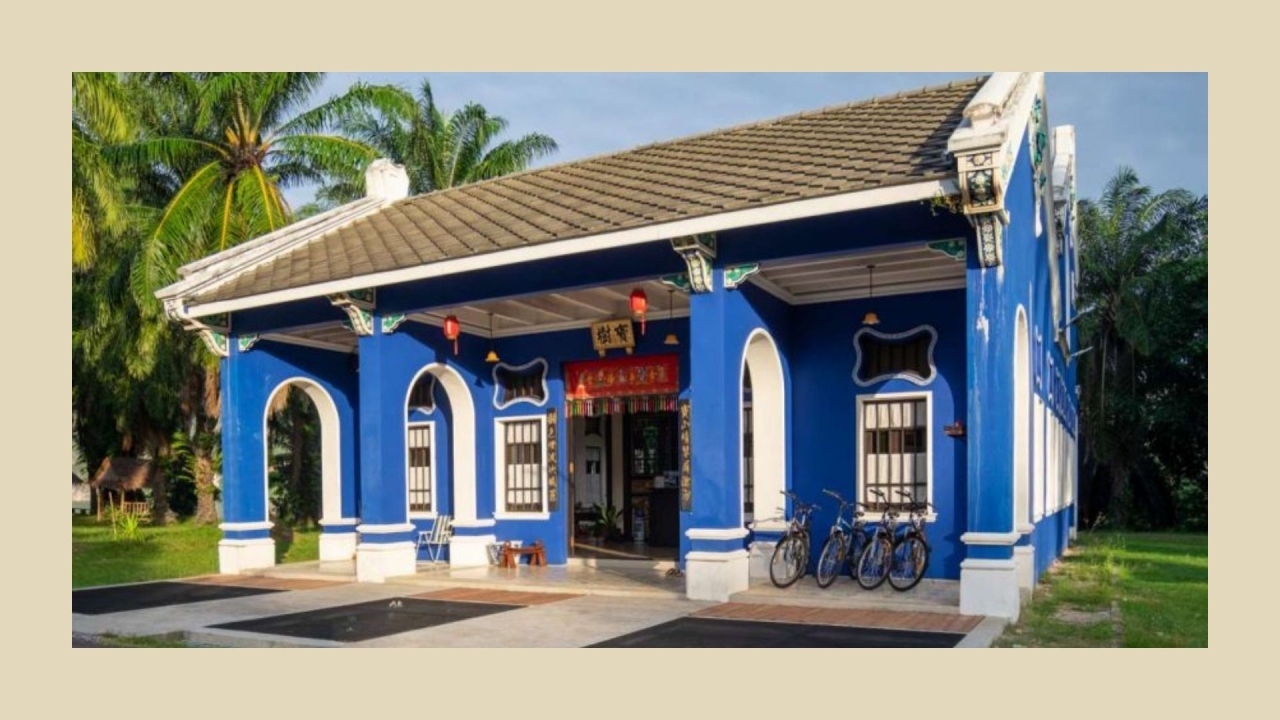Sak Tourism Community Krabi
ABOUT THE COMMUNITY
Centuries ago, the Hokkien people escaped the cold and hardship of China and headed south to the Indochina Peninsula. Eventually, they arrived on the east coast of Southern Thailand. At the same time, Muslim migrants from Perlis in Malaysia had arrived on the west coast and the Thai Buddhists traveled from the north. This coming together of peoples subsequently shaped what is now known at Laem Sak district, where cross-cultural marriages between villagers of different nationalities and religions resulted in the facilitation of goods and cultural exchange. This was to later shape the Andaman fishing industry that’s still thriving in Southern Thailand today.
The cultural intersection between these three groups is diverse in terms of beliefs, cuisine, attire and arts, yet they have managed to peacefully coexist and trust each other for almost 100 years.
With the three cultures closely tied to one other, all of their most important attractions are conveniently situated within the same area. The Nyongya (Thai-born Chinese)’s Sok Po Si Aey Shrine is located only 150-200 meters from Mahatat Laem Sak Temple and Solahuddin Mosque. It’s only a short walk between these three fascinating spots.
From there, you can continue the tour along with the community master, passing through the evergreen forest to Khao Chang Mob where a special activity awaits – planting Paphiopedilum exul, an endangered local orchid. Kayak through the mangrove forest and sail further to Aow Luek Marine Park to experience the real fishermen’s way of life, witnessing them fish, as well as farm lobster, grow algae, make fishermen’s batik and cook local dishes, like Kapi rice and coconut-based dessert.
CULTURAL AND LOCAL WISDOM HERITAGE
- Laem Sak is a land that combines together three diverse cultures, namely, Wat Mahathat Laem Sak (Buddhism), Solahuddin Mosque (Islam) and Thai-Chinese (Baba Yaya)
The 3 cultural and belief symbols are located in close proximity to one another. These three symbolic places are located on the “Junction of Culture”, just a few hundred metres apart.
The identities of Muslim and Baba Yaya communities are reflected through the costumes.
All of the different types of food and desserts also show Baba Yaya’s identity.
Another factor which indicates Baba Yaya’s unique culture is its Chino-Portugual architectural buildings.
ACTIVITIES
- Take a kayak trip to explore mangrove forest.
Cruise around Ao Leuk Marine Park to explore fisherman way of life, fish and lobster farms.
Learn how to make shrimp paste and shrimp paste fried rice.
Plant orchids at Khao Chang Mob.
Learn how to make batik clothes.
Take a boat ride to explore prehistoric sea grapes.
Experience the fisherman’s life and how to plant sea grapes.
Learn how to make desserts from local ingredients: coconuts and nipa palm leaves.
Program 3 Days 2 Nights
|
Day 1: Bangkok – Don Mueang International Airport – Krabi International Airport – Laem Sak Community |
|
|
6.30 am |
Meet at the Thai Airways check-in counters at Don Mueang International Airport, Bangkok. |
|
8.00 am |
Board flight TG 241 (BKK-KVB) to Krabi. |
|
9.20 am |
Arrive at Krabi International Airport, with a van taking you on to Laem Sak Community. |
|
10.30 am |
Arrive at Laem Sak Community, with a ‘Baba’-style Thai cooking class before you sit down for lunch. |
|
Afternoon |
Further activities include:
|
|
Evening |
Dinner and leisure time. |
|
Rest at Bulan Anda Baba Resort or accommodation of a similar quality. |
|
|
Day 2: Laem Sak Community |
|
|
Morning |
Wake up to one of the most beautiful sunrises in Thailand. |
|
Enjoy a traditional breakfast before joining the morning’s activities at Laem Sak Community, which include:
|
|
|
Afternoon |
Leisure time. |
|
3.00 pm |
After a brief rest, try some activities at Laem Sak Community, including a cooking class in which you’ll learn how to make the local dessert Khanom Chak Chai. |
|
Evening |
Dinner and leisure time. |
|
Rest at Bulan Anda Baba Resort or accommodation of a similar quality. |
|
|
Day 3: Laem Sak Community – Tha Pom Klong Song Nam – Wat Tham Suea – Krabi International Airport – Suvarnabhumi International Airport – Bangkok |
|
|
Morning |
Breakfast. |
|
Take part in some morning activities at Laem Sak Community, such as
|
|
|
Afternoon |
Head to Tha Pom Klong Song Nam, which is famous for its clear blue water and green forest. The watershed is a natural pool on Chong Phra Kaew Mountain with a freshwater canal leading to the Andaman Sea. |
|
Travel to Wat Tham Suea temple, the name of which means “Tiger’s Cave Temple”, presumably because there used to be tigers living inside. They are long gone now, but visitors do get to see a tiger’s paw-shaped stone in this cave. In the past, a revered Buddhist monk was looking for a quiet place to practice the dharma, and subsequently discovered the cave. Many villagers started to come to pay respect to the monk inside the cave, which later became a temple. |
|
|
6.00 pm |
Arrive at Krabi International Airport and contact the Thai Airways check-in counters. |
|
7.20 pm |
Board the flight TG250 (KBV-BKK) back to Bangkok. |
|
8.40 pm |
Arrive at Suvarnabhumi International Airport to end the trip. |
The program is subject to change without prior notice, depending on weather conditions and the pickup point, as your safety is our first priority.
👉🏻👉🏻👉🏻Click link
https://mapleworld.org/gallery/34/files/Laem%20Sak%20Tourism%20Community%20-%20%E0%B8%9E%E0%B8%A3%E0%B8%B5%E0%B9%80%E0%B8%8B%E0%B8%99%E0%B9%80%E0%B8%97%E0%B8%8A%E0%B8%B1%E0%B9%88%E0%B8%99.pptx

